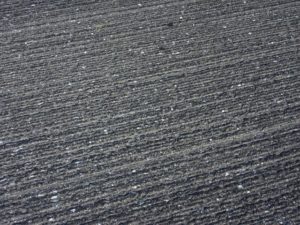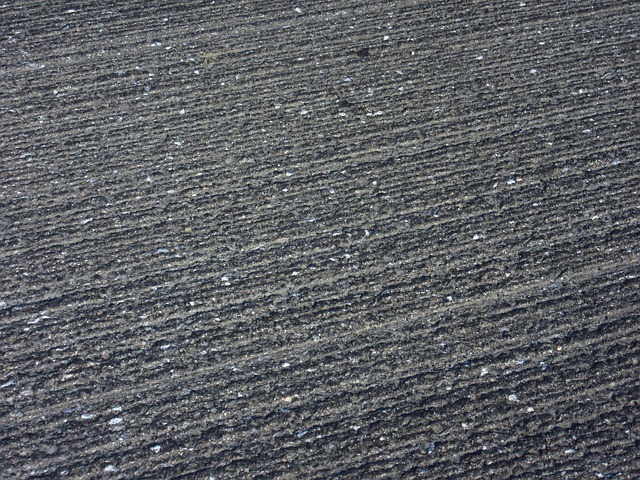Micro-milling — also known as fine milling and surface planing — is one of the best ways to restore the age-old, oxidized asphalt pavements. It is considered a better alternative to standard milling, as it produces finer results. While traditional milling leaves the surfaces rough, micro-milling provides a smoother and plainer surface to work with.
All micro-milled surfaces are more efficient than their traditionally milled, “aggressive” counterparts. Not only does micro-milling smoothen rough surfaces, but it also enhances their receptiveness towards new surface treatments. Therefore, micro-milling is considered a better and innovative way to rehabilitate deteriorated pavements.
The process of conventional milling and micro-milling is similar, barring the difference in the milling machine used. The machine used in micro-milling is equipped with additional cutting teeth to produce a surface with a finer texture. It has approximately 700-1000 teeth compared to the conventional wide-cutter drums, which have only 264 teeth.
What makes micro-milling suitable for asphalt overlays?
 Micro-milling efficiently prepares the surfaces for subsequent pavement preservation treatments, such as slurry seal, cape seal, chip seal, or micro-surfacing. It is considered the best technique to prepare the surface for projects that incorporate open-graded asphalts.
Micro-milling efficiently prepares the surfaces for subsequent pavement preservation treatments, such as slurry seal, cape seal, chip seal, or micro-surfacing. It is considered the best technique to prepare the surface for projects that incorporate open-graded asphalts.
milling is ideal for asphalt overlays, as it keeps the underneath layers from reflecting through the freshly laid asphalt. In contrast, the roughness of the traditionally milled surfaces is often visible even after the pavements are overlaid with new layers of asphalt.
Besides, milling complements thin asphalt overlays; as the surface is uniformly milled, the roads are efficiently overlaid with a lesser quantity of materials. As a matter of fact, roads treated using the milling and thin overlay method prove to last longer. This technique is even considered an ideal crack relief treatment.
Micro-milling is cost-effective
Surprisingly, the micro-milling and thin overlay methods are cost-effective as well as environmentally friendly. The process causes lesser emission of greenhouse gases, apart from using less energy and water. Thus, it is a more sustainable pavement rehabilitation method than other conventional ones.
milling also enhances the bond between asphalt overlays and the existing pavements. Experienced contractors know how strenuous paving roadways can be, as creating a stronger bond between the new asphalt and existing surface is challenging. However, milling smoothens the surface and allows the fresh asphalt layer to grab hold of the uniform, micro-milled surface.
Besides, traditional milling is more likely to cause pavement damage. However, milling helps overcome this complication as it keeps the underlying layers of asphalt intact while the above surface is micro-milled for further treatment.
The best part is that roads can be used immediately even after undergoing micro-milling. Traffic diversion is a common practice when pavements are freshly treated. But this is not the case when contractors utilize milling.
Conclusion
milling is a more efficient, safer, and quicker alternative for pavement restoration and asphalt overlays. It ensures the surfaces are ideally prepared before they go through further treatments. Lastly, their environmental friendliness sets them apart from all other traditional milling methods.
Address
Commonwealth Paving, 136 Outerloop, Louisville, Kentucky 40214
Phone: 502-459-7283, Fax: 502-456-2678
Opening Hours
| Monday | 9:00 AM – 5:00 PM |
| Tuesday | 9:00 AM – 5:00 PM |
| Wednesday | 9:00 AM – 5:00 PM |
| Thursday | 9:00 AM – 5:00 PM |
| Friday | 9:00 AM – 5:00 PM |
| Saturday | Closed |
| Sunday | Closed |







